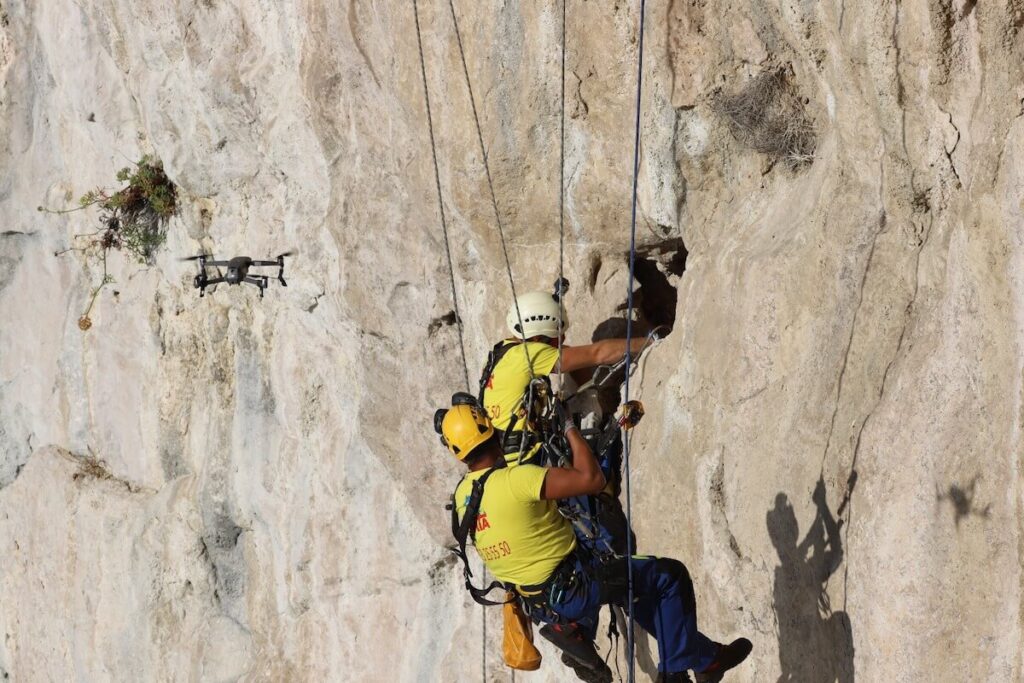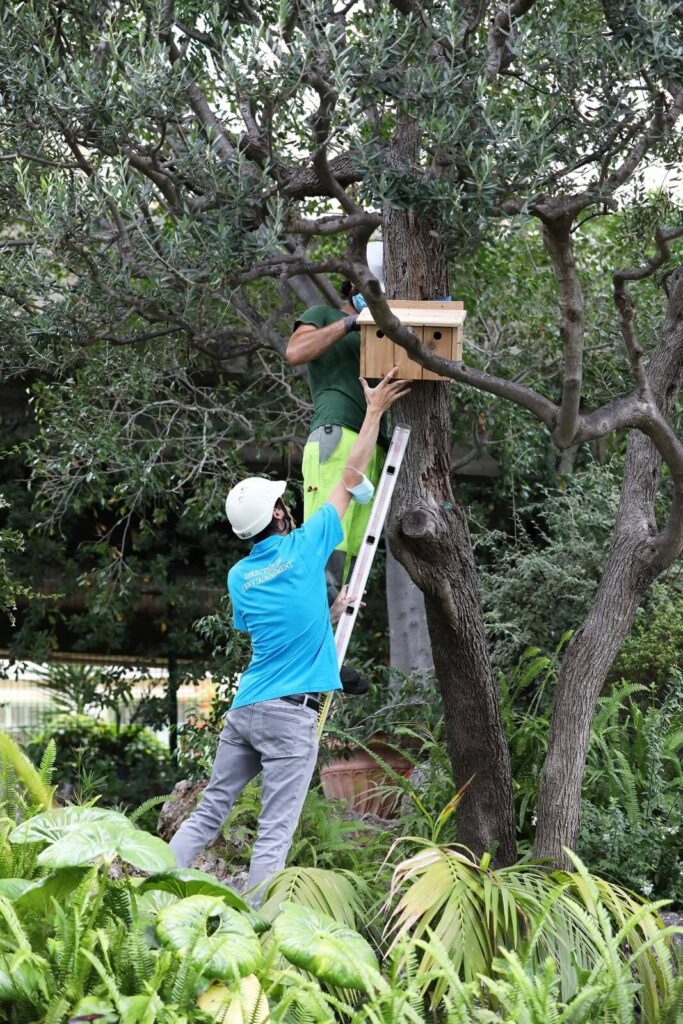Mediterranean treasures under threat: the birds learning to live with humans

Peregrine falcons, European shags and many types of passerines are some of the diverse bird species living in Monaco and neighbouring cities in the Alpes-Maritimes region. However, increasing urbanisation and human activity in these areas are causing concern for the wildlife.
A species at home on the Rock of Monaco. Peregrine falcons love living on the edge of a cliff face, overlooking the coastline and the mountainous landscape. However, their home here has not always been one of peace. During the 1950s, like several other birds of prey, the species was threatened and they almost disappeared from the Principality completely. “Peregrine falcons have long since been the target for hunters and those in the farming industry, who consider birds of prey as competitors,” explains Amine Flitti, Director of the bird protection league on the Côte d’Azur. “Predators often get bad press, even though their role is crucial: they ensure the right balance is maintained in ecosystems.”
In France, changes to legislation regarding the protection of species and the use of pesticides has had a positive effect on these falcons. Incredibly toxic pesticides, such as DDT, have now been banned, with this product in particular being responsable for the almost complete disappearance of the Peregrine falcon, as it damages the shells of their eggs. As a result of this ban, the species was gradually able to reclaim its habitat during the 1980s.

From falcons to fishing
Nestled on the cliff face, these Peregrine falcons are particularly sensitive to human activity and even the smallest of disturbances. Walkers, paragliders, climbers… anyone playing sports or just simply going for a wander could unsettle this species and cause them to take off in search of a quieter place to live. To try and prevent disturbances, there are teams of ornithologists monitoring the peregrine falcons in Monaco and along the French Riviera. Amine Flitti likens the team to “real watchmen” as they “try to ensure the survival of the species, particularly by doubling their surveillance efforts during the bird of prey’s reproductive period, between January and May.”
The waters surrounding Monaco are also now home to a protected species: the European shag. This black seabird, with webbed feet and a very thin beak, is an excellent swimmer in Mediterranean waters and has been breeding in the heart of the Principality since 2015. “The global population of the species found along the French Riviera is very small,” according to Amine Flitti and “it could be significantly affected by the slightest oil slick or hydrocarbon extraction from ships at sea.”
We need these species that get rid of harmful insects from trees

Either adapt or relocate
Hollow trees, cracks in the front of buildings or roofs, these are all essential nooks and crannies for many birds, who are in desperate need of somewhere to spend the winter or nest in spring. Unfortunately, such spots are becoming increasingly rare in the Principality due to its growing urban landscape. “Three years ago we launched a nesting box programme in Monaco for the birds that tend to move away from urban spaces, namely passerines such as blue tits and sparrows,” explains Ludovic Aquilina, Head of the Division of Natural Heritage in the Department of the Environment. “We need these species that get rid of harmful insects from trees, especially processionally caterpillars, without us having to use toxic products.”
Some birds that used to make cliff faces or rocky areas their homes, such as the black redstart, have now begun to nest on city buildings and sing from aerials on top of people’s houses. Whilst some birds are able to adapt to living with humans, it is still essential that we preserve their natural habitats.
>> READ ALSO: Mediterranean treasures under threat: why the French snowflake is disappearing









